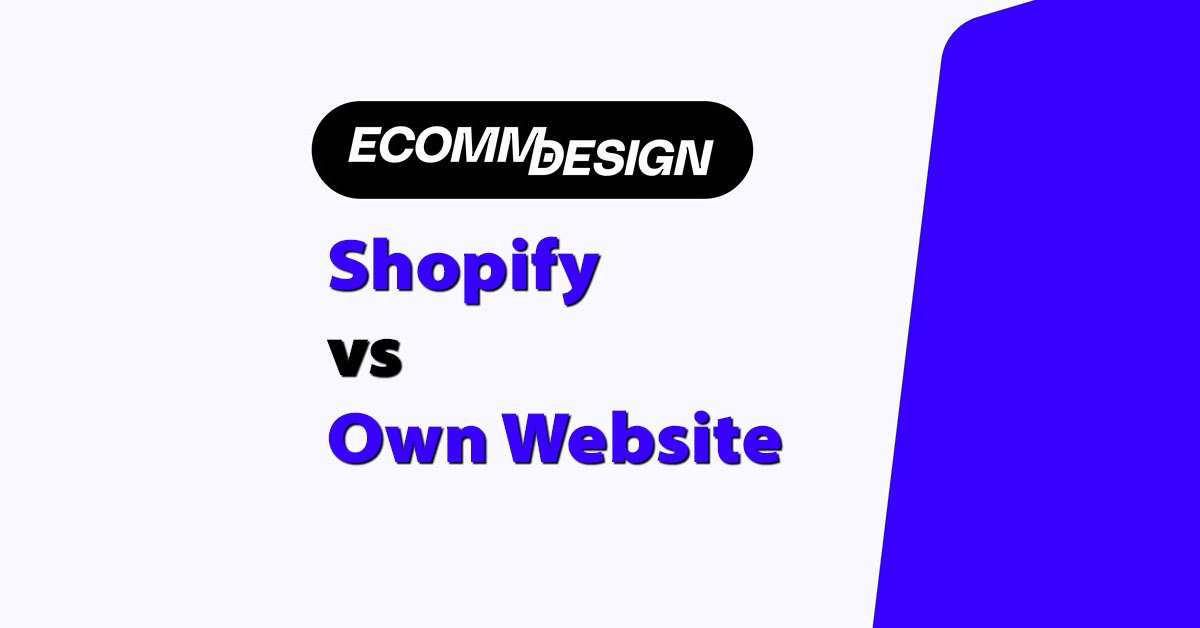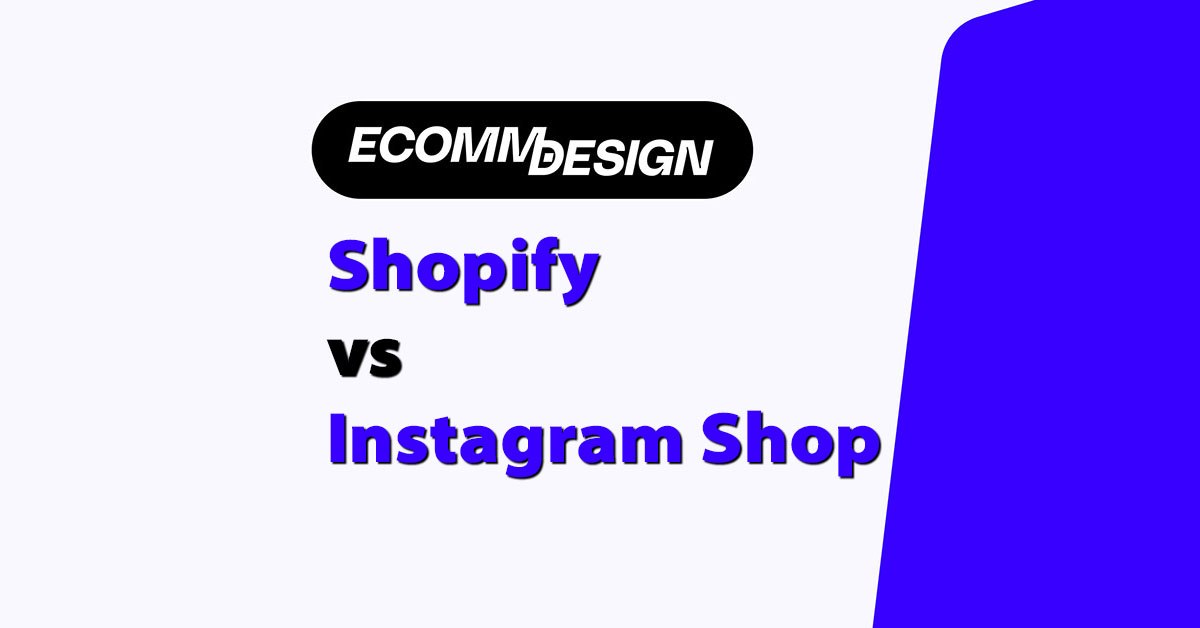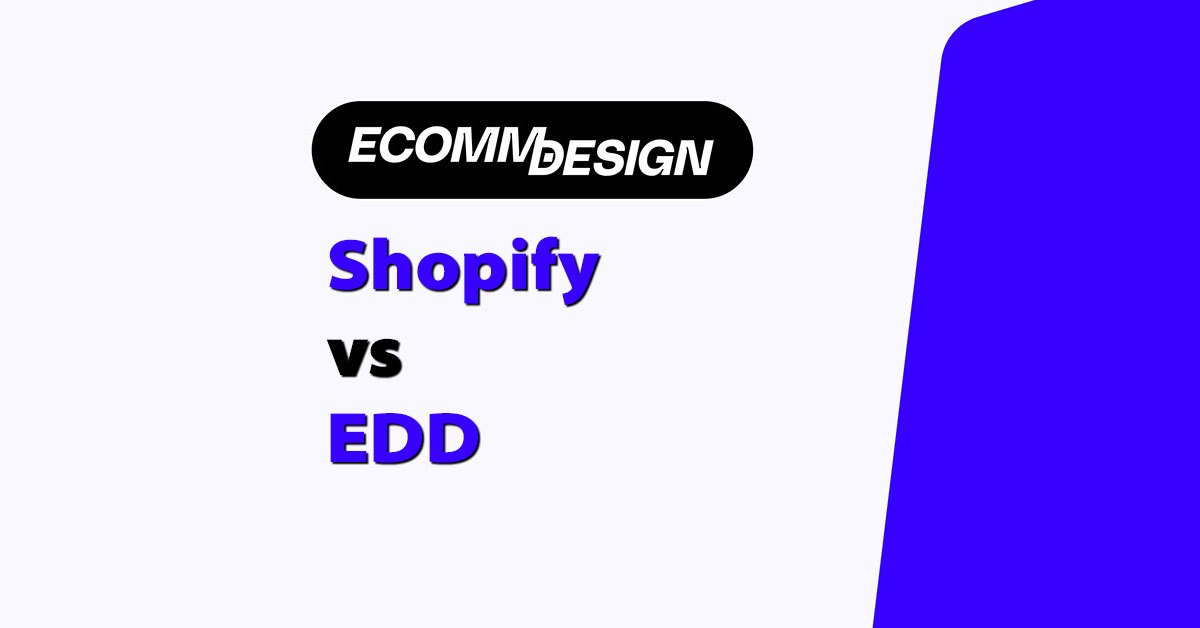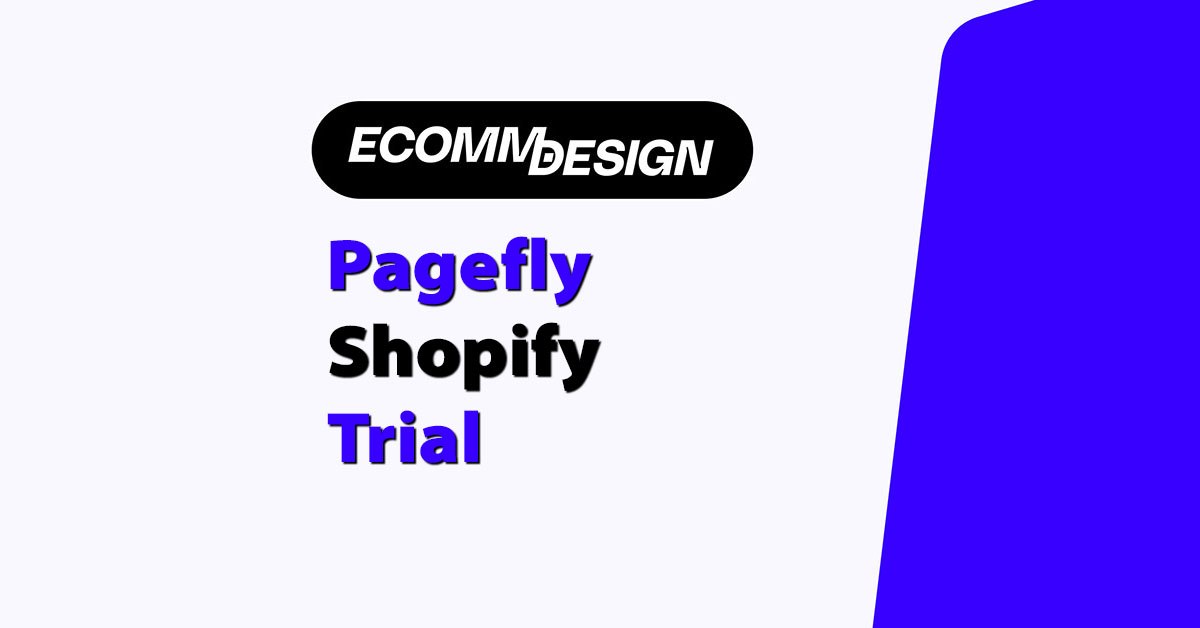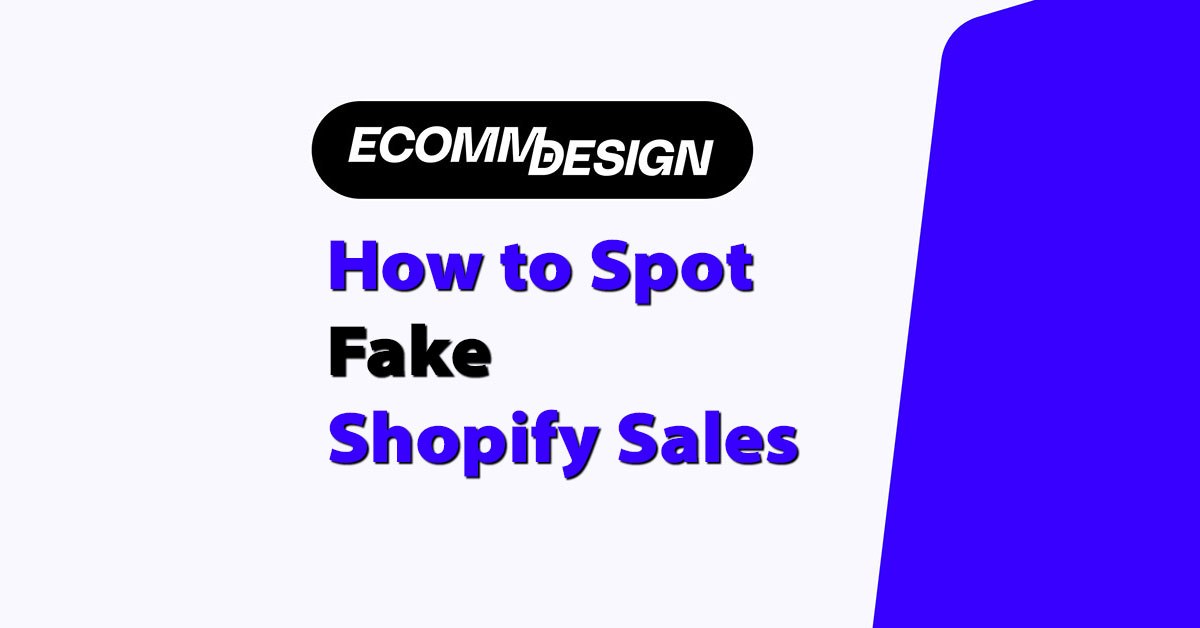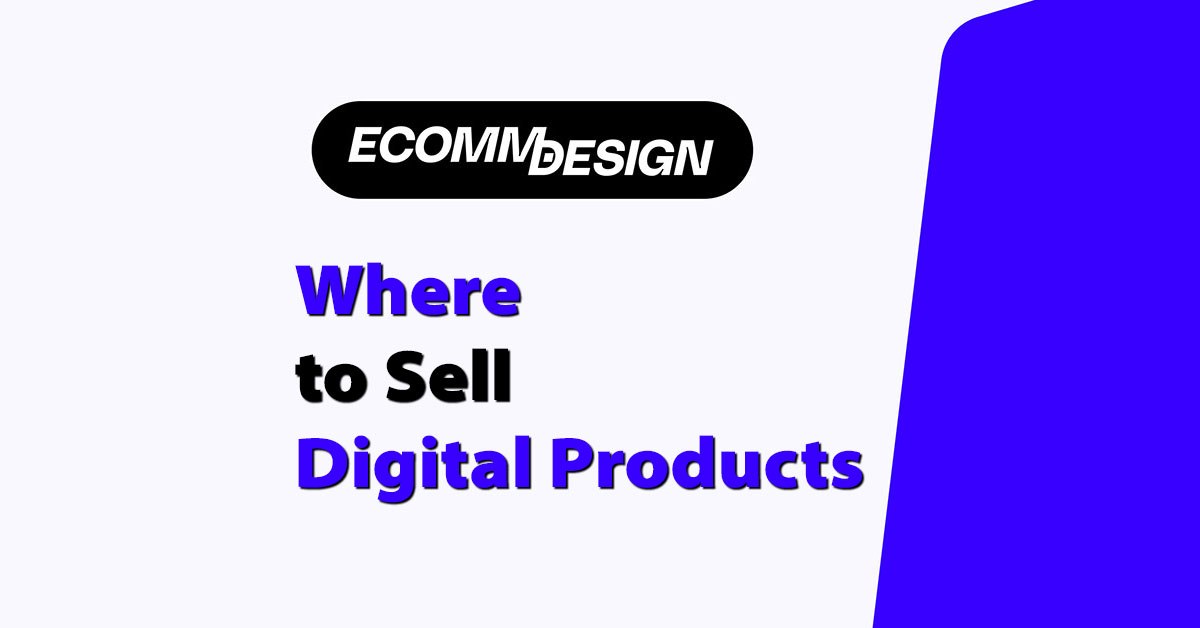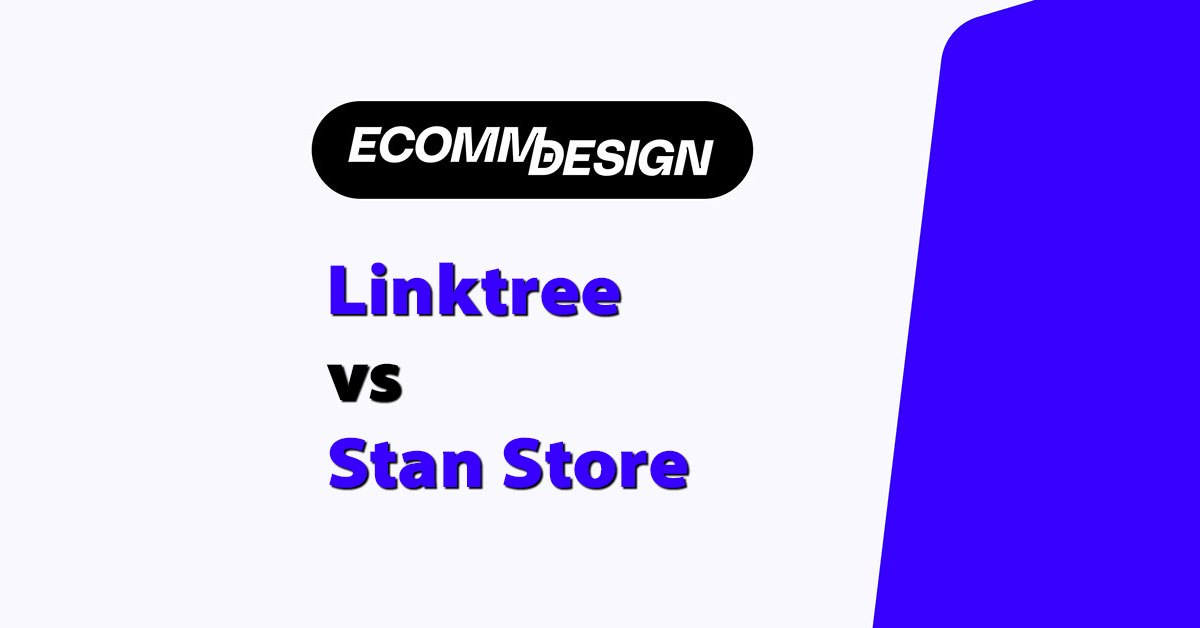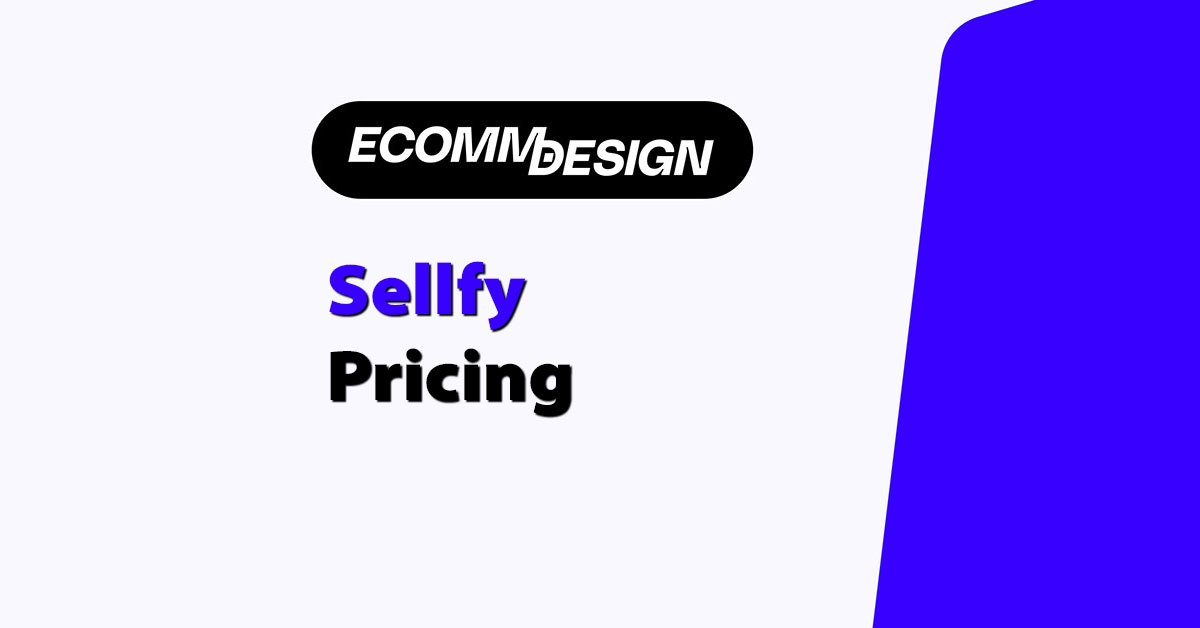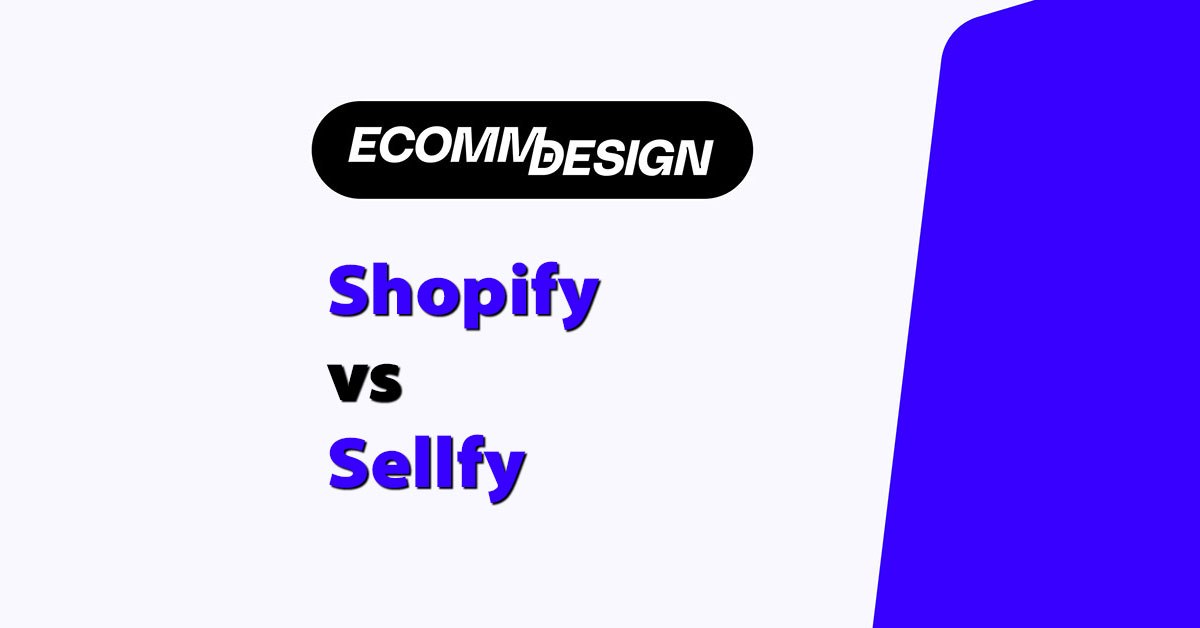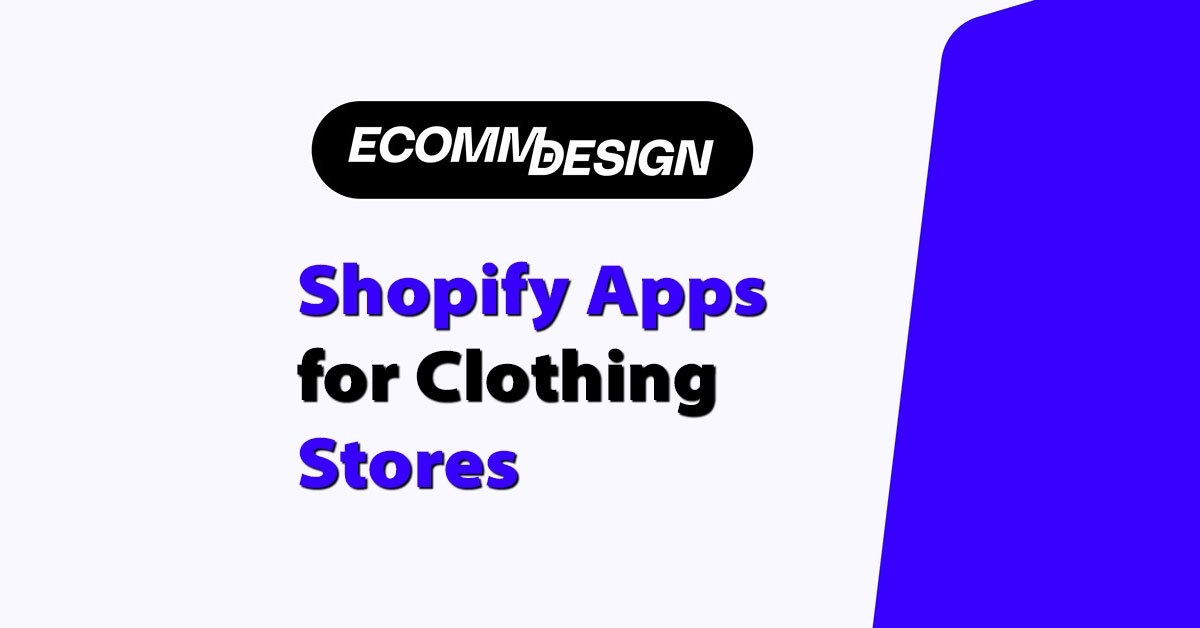Starting an online business always sounded like something I needed thousands of dollars, a design team, and some Silicon Valley experience to do. I thought it was just out of reach. That changed when I found the Shopify 1MBB program.
This isn’t just another “free trial” gimmick. This is a real, structured program from Shopify and Operation HOPE, made to help Black entrepreneurs like me get the tools, support, and resources to launch our own businesses — starting with 120 days of Shopify completely free.
